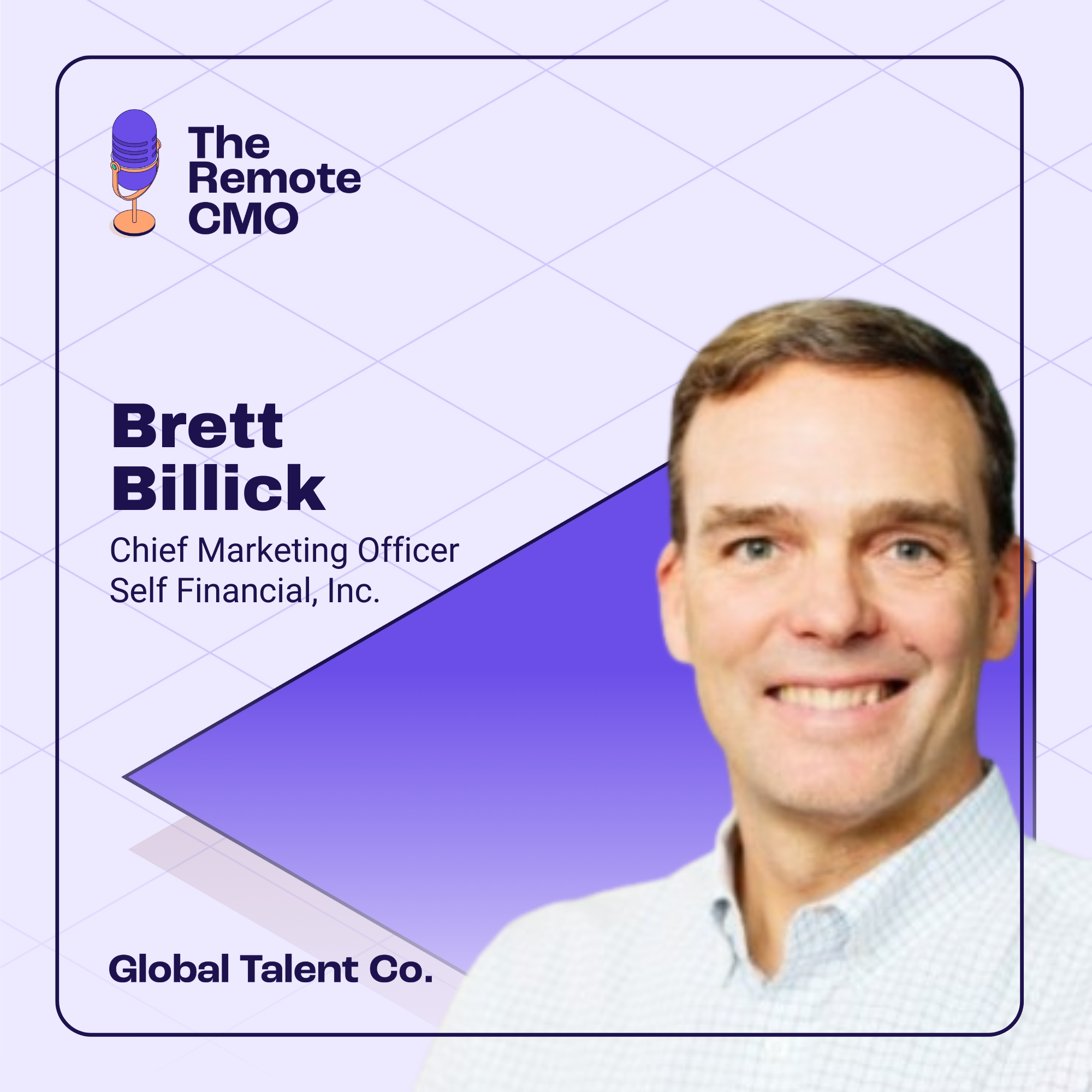Welcome to another episode of The Remote CMO, the show dedicated to helping marketing leaders build, manage, and lead their remote and hybrid teams. In today’s episode, we’re speaking with Michelle Harmon-Madsen, CMO of Sponsor United, a sports and entertainment intelligence platform that has raised over $35 million in funding.
Key topics discussed:
- Michelle’s early marketing experiences in the early 2000s, from selling concert sponsorships to Maytag and creating a seven-city tour with Kenny Chesney, to transitioning into a full-time marketing role and never looking back.
- The problem Sponsor United solves: providing a SaaS platform that streamlines how brands and rights holders uncover opportunities, build partnerships, and make data-driven decisions about sponsorships in sports, entertainment, and media.
- The impact of NIL (name, image, and likeness) on the sports sponsorship industry, creating opportunities for brands to partner with young athletes and for athletes to market themselves as brands.
- Sponsor United’s focus on connecting with brand marketers, CROs, and agencies to help them make smarter decisions and build authentic connections with their audiences through partnerships and sponsorships.
- The global and remote nature of Sponsor United’s marketing team, with 12 members spread across the US, Canada, Venezuela, and Portugal, and the importance of hiring diverse talent with international backgrounds and experiences.
- The efforts to build culture in a remote environment, including all-staff meetings, CEO video updates, mini meetups when team members travel, and fun activities like “Are You Smarter Than a 5th Grader?” games during team meetings.
- The importance of being open and honest as a leader, acknowledging when the team is “in the weeds,” and finding ways to inject lightness, togetherness, and personal connections during challenging times.
- The use of various sourcing strategies for talent, including posting on LinkedIn, leveraging personal networks, and being open to interviewing a wide range of candidates while being clear about the specific skills and attributes needed for each role.
- The emphasis on continuous learning and development, with dedicated time for team members to take online courses, explore new tools like ChatGPT, and share their learnings with each other during weekly meetings.
- The advice for new remote CMOs: take the time to meet with executive team members, understand the cadence and communication channels of the business, and join the team where they are before making changes or tweaks.
5 actionable takeaways:
- Embrace the Power of Partnerships: Michelle’s early experiences with concert sponsorships and her work at Sponsor United highlight the potential for authentic, mutually beneficial partnerships between brands, rights holders, and talent. As a remote marketing leader, look for opportunities to create unique connections and experiences that resonate with your audience and partners.
- Hire for Diversity and Global Perspective: When building a remote team, consider hiring talent from diverse geographical locations and backgrounds. This not only brings fresh perspectives and ideas to the table but also helps ensure that your marketing strategies and activations are inclusive and globally minded.
- Cultivate Culture Through Consistent Communication: In a remote environment, it’s crucial to maintain regular touch points and open lines of communication. From all-staff meetings and CEO updates to mini meetups and fun team-building activities, find ways to keep your team engaged, informed, and connected on a personal level.
- Lead with Transparency and Empathy: As a remote leader, it’s important to be open and honest about the challenges your team faces. Acknowledge when things are tough, and make a conscious effort to inject lightness, togetherness, and personal connections during those times. By showing vulnerability and empathy, you can foster a more supportive and resilient team culture.
- Prioritize Continuous Learning and Knowledge Sharing: Encourage your team members to dedicate time to learning and development, whether through online courses, exploring new tools, or attending virtual conferences. Create opportunities for them to share their learnings and insights with each other, fostering a culture of continuous growth and knowledge sharing.




















